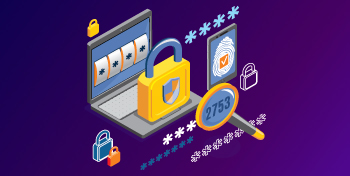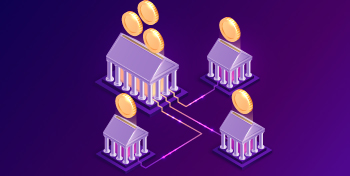[vc_row][vc_column][vc_paragraph text=”On 12 May, 2020 Bitcoin block reward will be reduced by half for the third time. But what will happen to BTC after the block opening reward is cut?“][/vc_column][/vc_row][vc_row][vc_column][vc_heading][/vc_column][/vc_row][vc_row][vc_column][vc_paragraph text=”Starting from the 630000th block on May, 12, miners will be getting 6.25 BTC as a reward for block opening.”][/vc_column][/vc_row][vc_row][vc_column][vc_paragraph text=”Initially this reward was 50 BTC, then it was reduced to 25 BTC in 2012, and the second time was in 2016 when it was cut to 12,5 BTC.”][/vc_column][/vc_row][vc_row][vc_column][vc_paragraph text=”The point is that mining reward is the only source of a new BTC. For example, there were no Bitcoins before the block genesis on 3 January, 2009, and the first 50 BTC were mined with this block as a reward for those who had opened it (Satoshi Nakamoto).”][/vc_column][/vc_row][vc_row][vc_column][vc_paragraph text=”Thus, the revolving BTC supply can be changed only within this factor and considering possible loss of private keys that may lead to inability of moving the assets located on the related open source addresses.”][/vc_column][/vc_row][vc_row][vc_column][vc_paragraph text=”Halving of the reward is equivalent to reducing the creation of new BTCs by two since the speed of block openings remains unchanging for about 10 minutes, and this has a significant impact on the formation of new working capital.”][/vc_column][/vc_row][vc_row][vc_column][vc_paragraph text=”Nevertheless, sooner or later the production of new Bitcoins will stop due to halvings. This is what provides the deflationary nature of the crypto since the amount of coins circulating on the market will be decreasing in future.”][/vc_column][/vc_row][vc_row][vc_column][vc_paragraph text=”Such reduce of revolving money supply will likely lead to the supply reduction and may cause price increase if the demand remains constant or increase.”][/vc_column][/vc_row][vc_row][vc_column][vc_heading title=”There are still some downsides” size=”medium”][/vc_column][/vc_row][vc_row][vc_column][vc_paragraph text=”Halving of the mining reward means that miners’ income will also reduce by half.”][/vc_column][/vc_row][vc_row][vc_column][vc_paragraph text=”Still, this problem will be urgent only for miners that will have to search for the ways of reducing mining costs. And as for BTC, its protocol was designed to work no matter how many miners are checking blocks.”][/vc_column][/vc_row][vc_row][vc_column][vc_paragraph text=”So if we halve the reward some miners will just stop mining, and this will increase profit for major miners and reduce the hashrate. In this case the protocol will automatically adjust mining complexity, that’s why a block is always mined in 10 minutes even if there are fewer accessible hashes. Furthemore, halving does not affect the procedure of mining.”][/vc_column][/vc_row][vc_row][vc_column][vc_paragraph text=”In addition to this it is worth noting that miners usually meet the expenses. So if every BTC mined by them will cost more in dollars, their income may even grow.”][/vc_column][/vc_row][vc_row][vc_column][vc_paragraph text=”As a result, halving will not have any substantial impact on mining but it may affect individual miners. Still it will only lead to the reduction of crypto supply.”][/vc_column][/vc_row]
For newbies
5 relatively simple ways to improve your privacy. Part four – best free password managers
Having all the necessary tools to maintain your online privacy and your data, such as a reliable web browser, email ...
Mining
Staking of the PoS algorithm cryptos, and how it differs from mining onthe PoW algorithm
Staking and Mining are two terms that are often found in the world of cryptocurrencies. But have you ever wondered ...
News
Russian citizens use p2p cryptocurrency markets to get out of the monopoly banking system
Research shows that Paxful is currently experiencing an average monthly trading volume in Russia of $ 4 million. Growing interest ...


